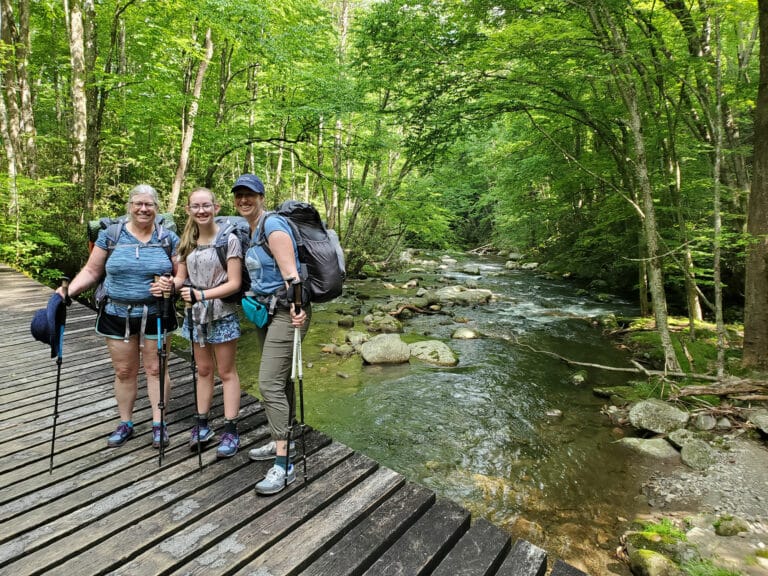For fly fishers this side of Alaska, the most likely place to do battle with trout approaching 30 inches is on private trophy water. But depending on the experience you’re looking for, not all trophy waters are created equal. There are questions to ask before dropping a few hundred bucks on a trophy trip.
Is the stream fishable year-round?
This is a loaded question. Rather than asking about seasonal availability, you’re probing to determine health of the fishery.
Many streams in our region have water conditions unsuitable for trout, especially during the heat of summer. This is exacerbated when a stream is stocked with trout in numbers and sizes that far exceed its carrying capacity.
If all you want is to catch big fish, this shouldn’t matter. If you’re looking for an experience that’s a little more true to life, find a fishery where trout would thrive without help from humans.
What’s your stocking program?
There aren’t many trophy waters without a stocking program. Whether it’s to supplement populations of wild trout or to create a whole new fishery, managers typically add trout to keep customers happy.
Some operations stock heavily with fish grown to trophy size at a hatchery. Many times, these are sterile triploid trout. Triploids grow quickly and fight hard. They do not, however, have the sleek and colorful appearance of wild trout.
Other trophy streams take advantage of existing populations of stream-born trout by feeding and growing them. Such management might also include limited stockings. These fisheries don’t typically grow as many huge trout, but some anglers like the idea—and the looks—of big fish that were raised in the stream.
What about feeding?
“Supplemental feeding” is a subjective concept. Some managers distribute as much trout chow as their fish will eat in order to grow them as large and as quickly as possible. Others use feedings sparingly to supplement a natural diet.
One way or the other, trout in this part of the world don’t consistently grow huge without nutritional help. The trade-off for a stream with scads of enormous trout is the tendency for those trout to disregard natural feeding behaviors. On the other hand, trout keyed on tiny midge larvae are more challenging than those looking for brown pellets.
How is the fishing regulated?
With private water, it’s possible to limit fishing pressure and enforce catch-and-release regulations. Fish stay in the water and grow large. They can also grow wise.
The better trophy streams devise systems to limit pressure, which means the fish will be healthier and a little less wary.
Those are some questions to ask when shopping for a trip on private trophy waters. If you’re wondering who to ask, drop by your local fly shop. Even if they don’t run trophy trips, they’ll know about trophy operations in the area.
Nick Carter is the author of “Flyfisher’s Guide to North Carolina & Georgia.” It is available on Amazon.com, and autographed copies are available by emailing the author at [email protected].








